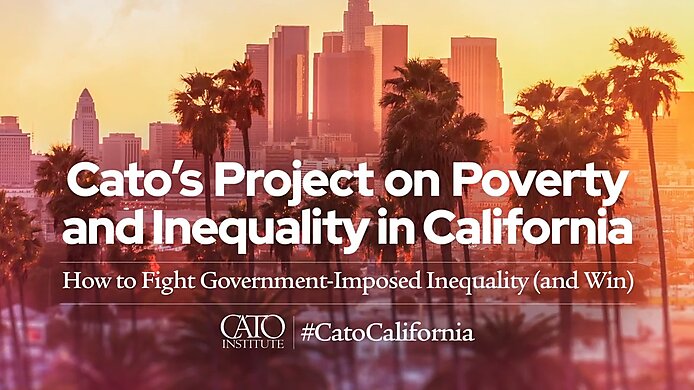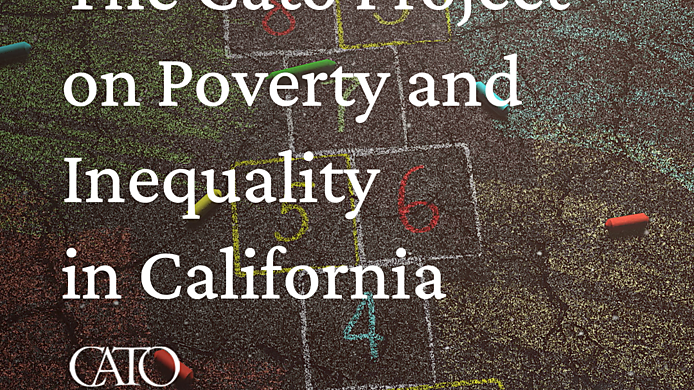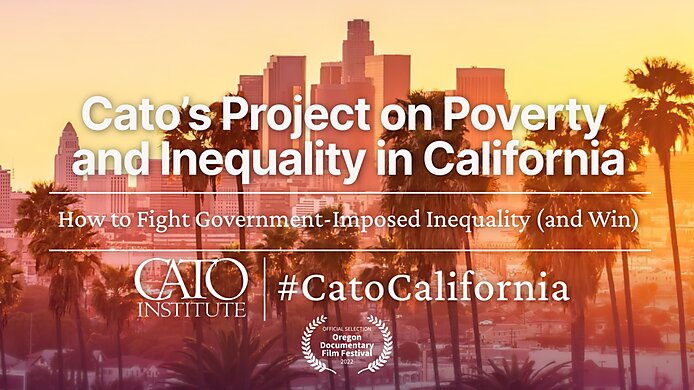Fortunately, in the year since we issued our report, California has begun to address the excessive regulation that has limited supply for years. Starting with SB 9 and SB 10, which legalized duplexes statewide in 2021, and continuing through AB 2097, which eliminated parking minimums within half a mile of public transit this year, the legislature has steadily whittled away at exclusionary zoning restrictions. It also began to weaken the California Environmental Quality Act, which has been used to block so many new housing projects. In fact, this year alone, the legislature passed 41 pieces of pro-housing legislation. Many of these were in line with recommendations that the California Project had made.
There could still be more positive action to come. The Assembly has passed three bills that are now awaiting approval from the Senate Committee on Appropriations. AB 2221 aims to accelerate the process of approving the development of accessory dwelling units to add much-needed density and variety of housing types. AB 2234 was introduced to require local governments to adhere to strict timelines when approving or denying building permits to increase government accountability. AB 2656 would prohibit erroneous claims of California Environmental Quality Act violations from stopping housing developments.
It hasn’t been all good news, though.
Despite this positive action from the state legislature, local governments have continued to resist efforts to build more housing in their communities. For example, in 2021, Gov. Gavin Newsom signed legislation requiring local jurisdictions to develop a detailed forecast of their housing needs and set out plans for how they will provide that housing, including plans to remove barriers to new construction such as exclusionary zoning, by February 2022. But some 190 cities have failed to submit their housing elements for approval, including a shocking 90 percent of Southern California municipalities. How the state government will respond to this local defiance remains to be seen. But as Santa Monica has witnessed, there is sure to be an increased use of the Builder’s Remedy which allows developers to bypass local approval when jurisdictions refuse to comply with their legislature-prescribed housing quotas.
Moreover, many of the bills that passed were loaded down with unnecessary regulations and other requirements. For instance, legislation (AB 2011) that would make it easier to convert some commercial sites to housing included requirements for developers to pay union prevailing wages.
Despite the progress it has made, California still needs to go much further if it is going to bring down housing costs.































